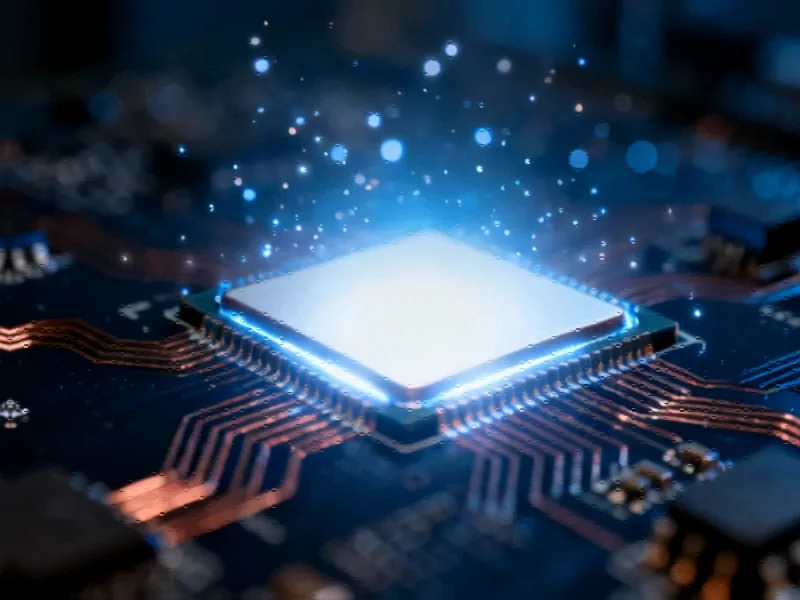Samsung’s Strategic HBM4 Reveal
Samsung Electronics has publicly unveiled its HBM4 memory modules for the first time, according to reports from the Semiconductor Exhibition (SEDEX) 2025. This move positions the Korean technology giant directly against competitors SK Hynix and Micron in the increasingly competitive high-bandwidth memory market. Industry analysts suggest this public demonstration indicates Samsung’s readiness for mass production and represents a significant comeback attempt following years of reportedly sluggish performance in the DRAM segment.
Table of Contents
Technical Specifications and Yield Rates
The report states that Samsung’s HBM4 logic die yield has reached a remarkable 90%, suggesting the company is on track for mass production without anticipated delays. Sources indicate the Korean manufacturer is implementing multiple strategies to ensure early HBM4 adoption, including maintaining competitive pricing and offering higher production capacities. Most notably, analysts suggest Samsung is delivering faster pin speeds to clients like NVIDIA, reportedly rated at approximately 11 Gbps, which is said to be higher than what competitors SK Hynix and Micron are currently offering.
Competitive Landscape Intensifies
The high-bandwidth memory market is witnessing intensified competition as all three major players race to establish dominance in the HBM4 segment. According to exhibition reports, SK Hynix also showcased its HBM4 modules at the same event, developed in collaboration with TSMC. Market observers indicate that Samsung is particularly focused on avoiding past mistakes that led to its loss of dominance in the DRAM segment, with the company reportedly proceeding with mass production alongside competitors to ensure it doesn’t fall behind in this critical technology race.
Market Implications and Future Outlook
The burgeoning artificial intelligence sector has created unprecedented demand for high-performance memory modules, with HBM4 positioned as essential for scaling AI performance. Industry reports suggest that while Samsung hasn’t yet received NVIDIA’s approval for HBM4 supply, the company remains optimistic given its technological progress. Market analysts indicate that the future of DRAM markets will become significantly more competitive, driven by Samsung’s rapid advancements and growing demand that has exceeded previous anticipations. This three-way competition between Samsung, SK Hynix, and Micron is expected to accelerate innovation and potentially benefit AI hardware developers seeking advanced memory solutions.
Related Articles You May Find Interesting
- Study Reveals How Low-Quality Web Data Corrupts AI Reasoning and Behavior
- MuddyWater’s Evolving Espionage Tactics Target Global Organizations Through Comp
- Acer’s Wireless Gaming Headset Sees Major Price Reduction in Limited Amazon Sale
- London’s ULEZ Sparks Widespread Air Quality Gains, But Health Challenges Persist
- Microsoft Teases A Pricier Next-Gen Xbox That Plays More Like A PC – Kotaku
References & Further Reading
This article draws from multiple authoritative sources. For more information, please consult:
- https://en.yna.co.kr/view/AEN20251022006800320?section=economy-finance/economy
- https://profile.google.com/cp/Cg0vZy8xMWM3NDB2MmIyGgA
- http://en.wikipedia.org/wiki/High_Bandwidth_Memory
- http://en.wikipedia.org/wiki/Memory_module
- http://en.wikipedia.org/wiki/Samsung
- http://en.wikipedia.org/wiki/Korean_language
- http://en.wikipedia.org/wiki/SK_Hynix
This article aggregates information from publicly available sources. All trademarks and copyrights belong to their respective owners.
Note: Featured image is for illustrative purposes only and does not represent any specific product, service, or entity mentioned in this article.



